Dr. Phil Zeltzman’s Blog
4 things you should never say or hear about lumps
Removing skin masses is one of my most common surgeries.
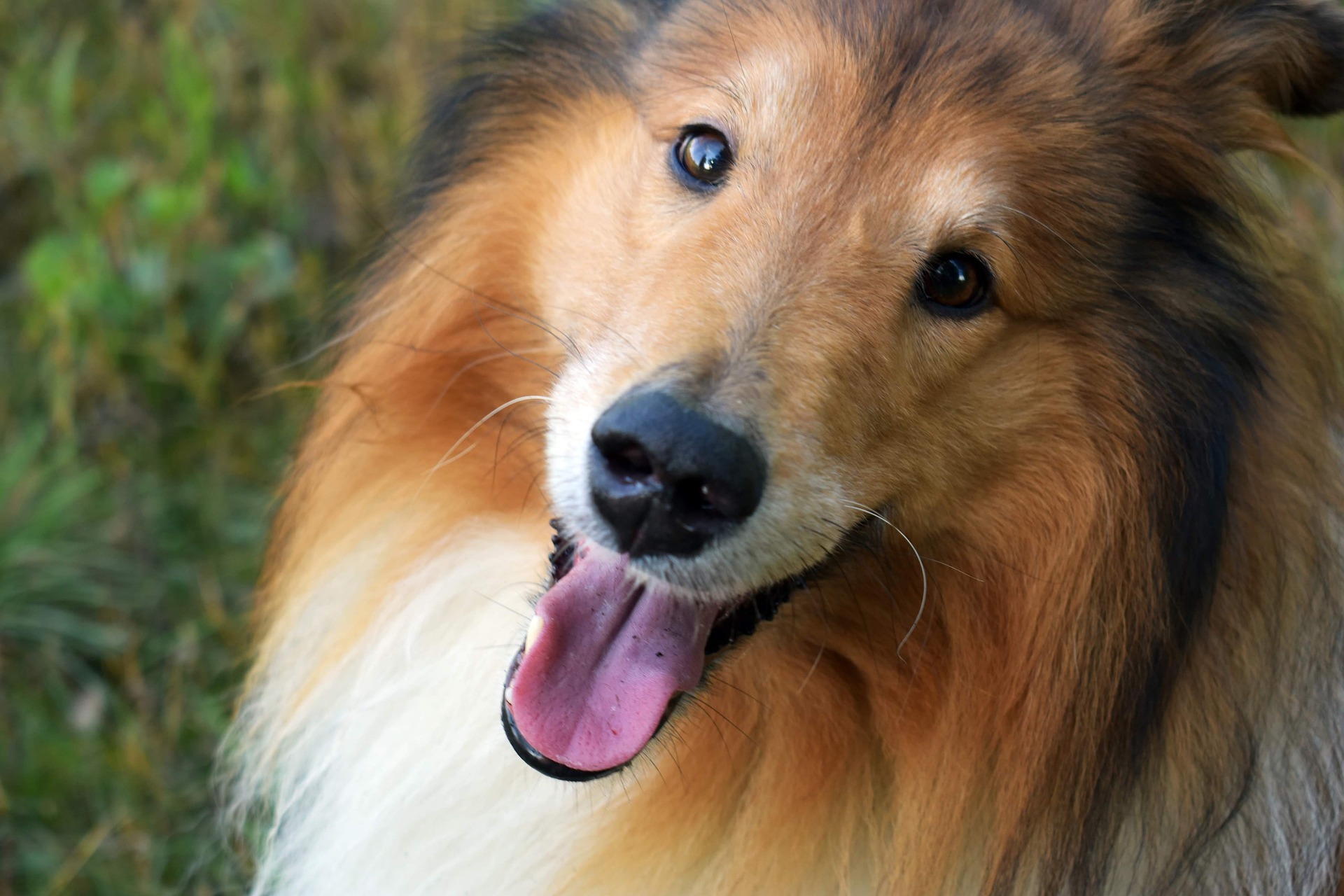
Some skin masses are small. Some are in difficult locations, making the surgery tricky. Some are gigantic. Many were claimed to be “impossible to remove” – yet we still removed them. Some were supposed to be cancerous – and were benign. Some were supposed to be benign – and were cancerous. Yet others were indeed impossible to remove and required leg amputation.
What’s a pet lover to do? What is the right thing to do?
The problem with small skin masses is that they can be very misleading. I have come across multiple tiny masses, sometimes the size of a grain of rice, that were aggressive cancers.
Here is an example of a 1/3 inch mass, barely visible, hard to feel, under a cat’s fur. By some miracle, his owner found the mass and wisely decided to have it removed.
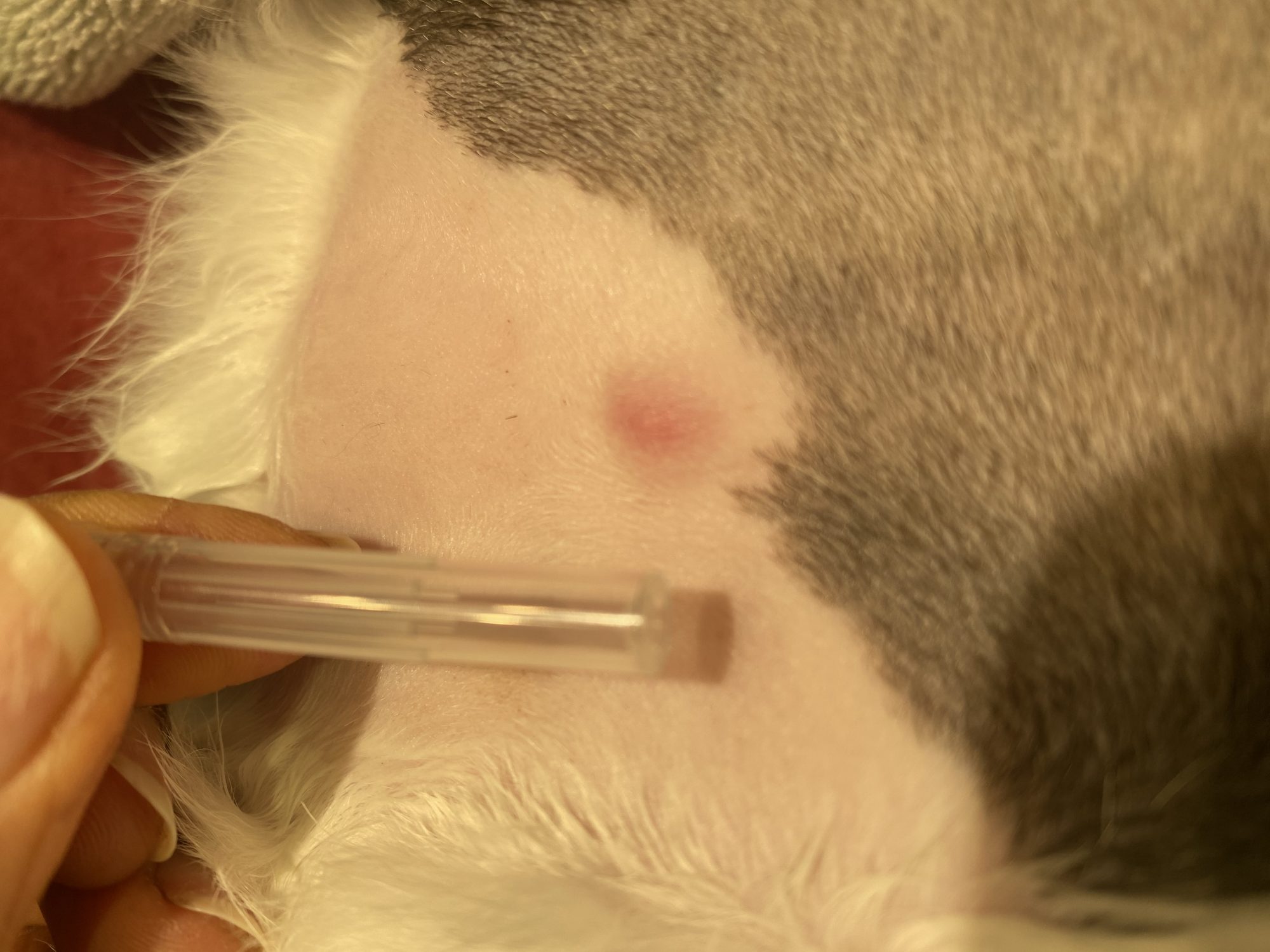
The biopsy revealed a fibrosarcoma, which is a notoriously aggressive cancer in cats.
Here are the 4 things you should never say or hear about lumps:
. “Just watch it.”
. “Keep an eye on it.”
. “It’s just a cyst.”
. “It’s just a fatty tumor.”
“Just watching” a mass grow bigger and bigger, or “keeping an eye” on a mass that keeps getting larger and larger, is exactly how we end up with masses the size of pumpkins.
By then, surgery is much more invasive, anesthesia is much longer, and the fees are much higher.
The “cyst” myth is just as unfortunate. A cyst is an actual diagnosis. It’s typically a benign mass that is usually filled with fluid. There are different types of cysts: follicular or epidermoid cysts, sebaceous cysts, dermoid cysts etc.
But the vast majority of so-called “cysts” I remove are not cysts. It was an assumption by the pet owner. “Cyst” is often used instead of “mass” or “tumor,” and it’s misleading at best.
“It’s just a fatty tumor” is something else I hear all the time. If someone tells you that, you should have a reasonable degree of doubt. NOBODY can assure you with 100% certainty that they know the diagnosis of a mass with further testing.
Why? Because I have never met anybody with microscopic vision.
You can only say what a mass is after testing it.
Case in point: a mast cell tumor is a very common skin tumor. It is nicknamed “the great imitator” because it can feel like anything – including a benign fatty tumor. As you can imagine, mistaking a benign tumor for a cancerous one can lead to really frustrating situations.
| 2 tests for skin masses: There are 2 ways to test a mass. 1. A needle test: During a needle test or Fine Needle Aspirate (or FNA), a needle is placed in the mass. Some cells are taken out and placed on a glass slide. It is then read under the microscope. It can either be read “in house,” meaning by your vet, or ideally it is sent out to a pathologist, who reads the cytology (ie the study of cells). My personal impression is that although cytology is cheaper and faster (a few days), it can provide misleading results. 2. A biopsy: A biopsy is a way to take a sample of the mass, ie some actual tissue, and not just cells. Being able to study the cells’ architecture, organization and relationship provides completely different information and a much safer diagnosis. The biopsy is always sent to a pathologist, who reads the histo-pathology (ie the study of abnormal tissue). My personal impression is that although a biopsy cytology is more expensive and take longer to read (7-10 days), it provides the most reliable results. |
So what’s a loving pet owner to do?
At a minimum, skin masses should get tested via a needle test. Occasionally, they should be biopsied before surgery. Ideally, they should be removed and biopsied. Admittedly, it can get expensive since some dogs seem to be covered in masses, sometimes benign fatty masses. That’s where pet insurance is so helpful.
Here is an example of a giant mass in a Lab, whose owner was told to “just watch it” because it was tested as a benign fatty tumor.
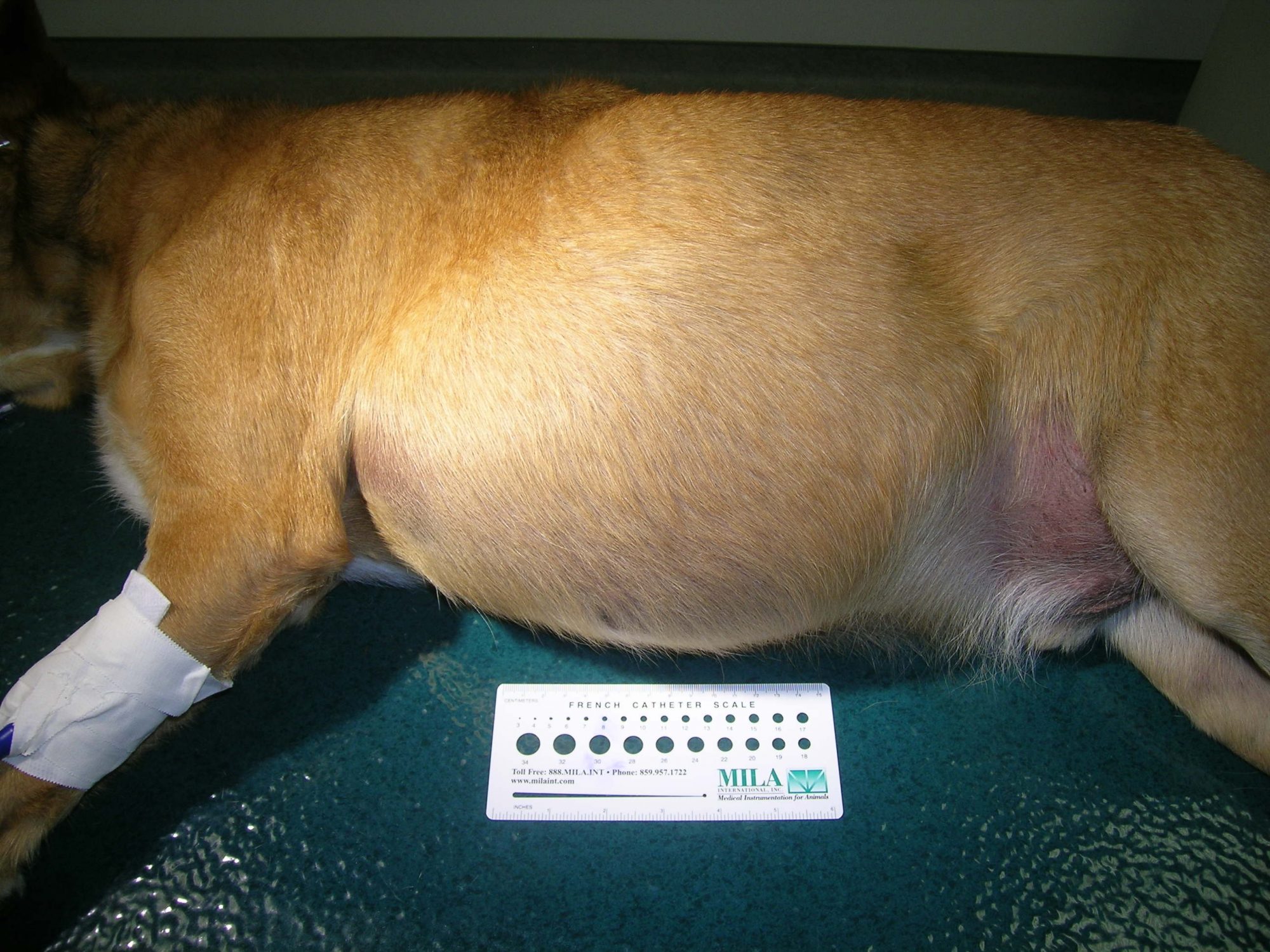
So why bother if a mass is benign?
Benign doesn’t mean you should ignore it.
I have removed benign masses that were the size of a tennis ball, or a grapefruit, that prevented the patient from walking normally. I have removed benign masses that required leg amputation. And I have removed benign masses that were the size of a pumpkin that caused pain (by stretching the skin) and made the patients lose their balance.
If you find yourself in a situation where your vet seems to be brushing something off that genuinely concerns you, you have the right to seek a second opinion and I would encourage you to do so.
Bottom line: waiting is rarely a wise option.
Phil Zeltzman, DVM, DACVS, CVJ, Fear Free Certified

Dr. Phil Zeltzman is a traveling veterinary surgeon in Pennsylvania & New Jersey. An award-winning author, he loves to share his adventures in practice along with information about vet medicine and surgery that can really help your pets. Dr. Zeltzman specializes in orthopedic, neurologic, cancer, and soft tissue surgeries for dogs, cats, and small exotics. By working with local family vets, he offers the best surgical care, safest anesthesia, and utmost pain management to all his patients. Sign up to get an email when he updates his blog, and follow him on Facebook, too!
Will Weez need an amputation?
Weez, a cute 12 year old Cockapoo, had a swelling under her left armpit (aka the axilla).

No signs were present otherwise: she was eating, drinking and acting normally.
Since the swelling continued to grow, her owner wisely went to see his family vet. She diagnosed a mass of unknown origin.
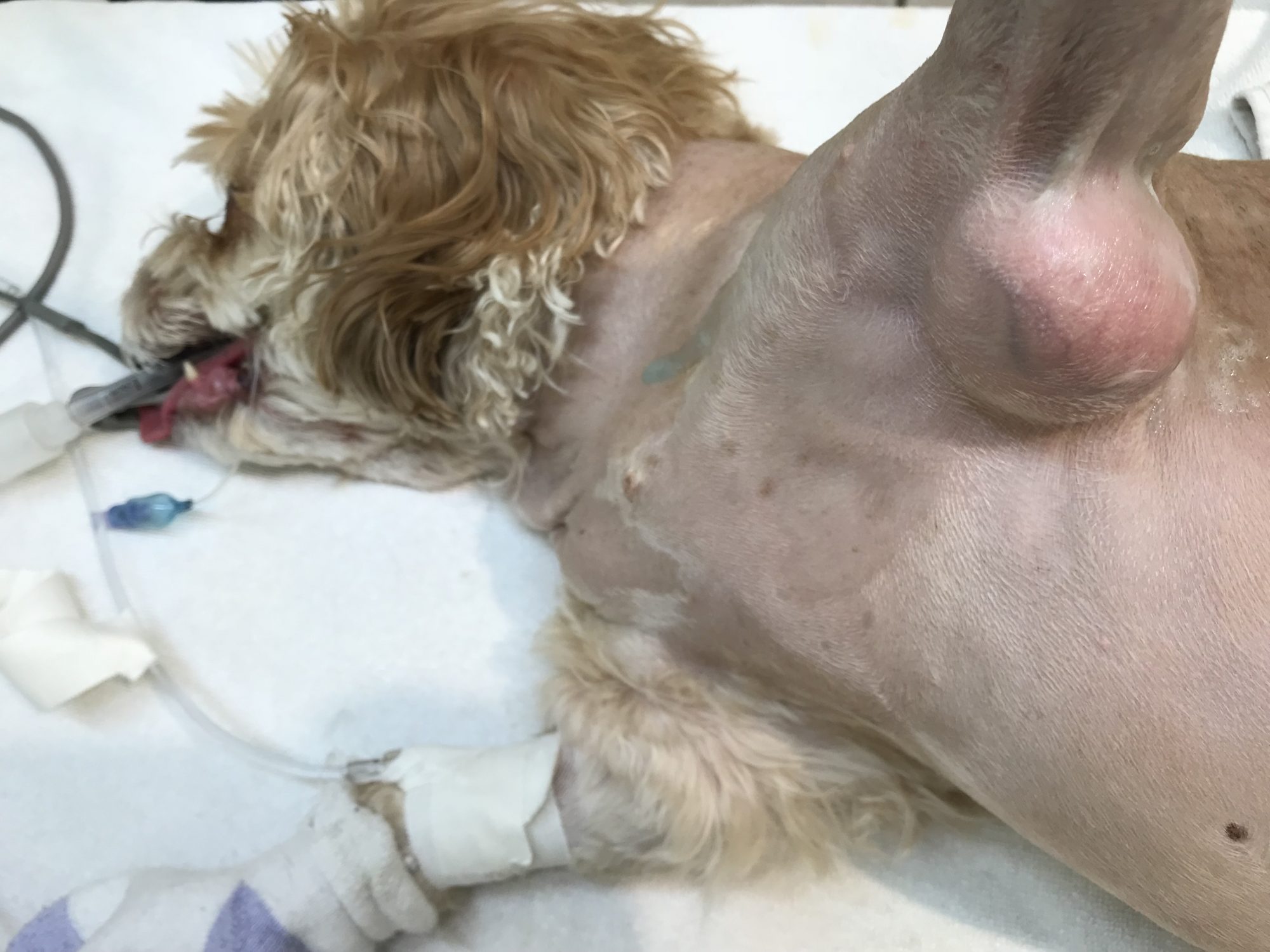
The vet (again, wisely), recommended surgery to remove it and biopsy it.
The suspicion, based on experience, the location of the mass and its fast growth, suggested that it was likely a cancerous mass (soft tissue sarcoma, nerve sheath tumor, lymphoma etc.). In addition, there was a chance that it involved some important nerves in the armpit (aka the brachial plexus).
Since those nerves cannot be sacrificed, we discussed a small possibility of amputation.
A physical exam and blood work confirmed than Weez was a good candidate for anesthesia.
To my relief, my own exam revealed that there was no need to sacrifice the leg!
So we removed the mass uneventfully, and it as sent to the lab for analysis.
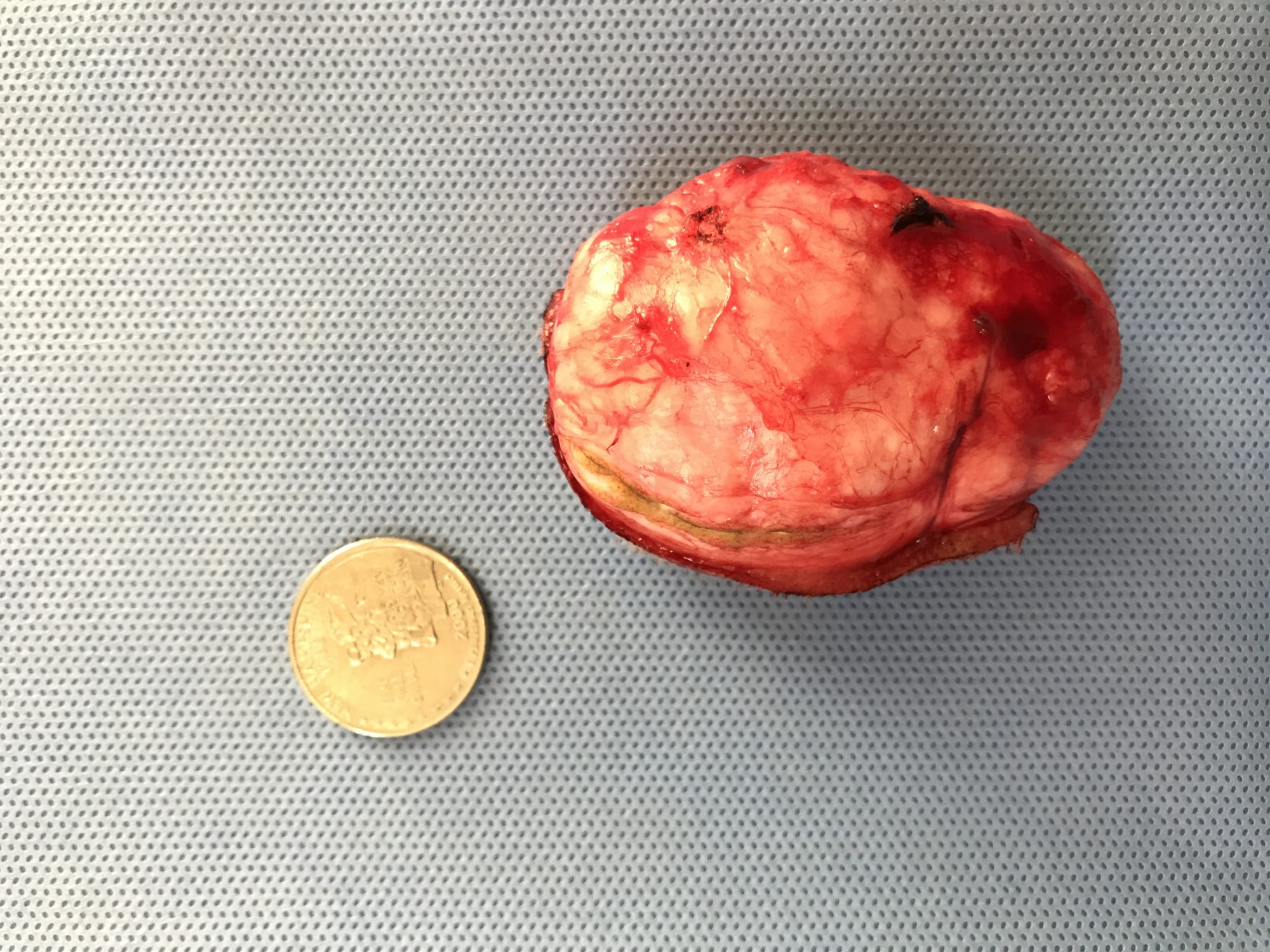
Weez recovered smoothly from anesthesia and surgery, and went home.
Her activity had to be restricted and she had to wear a cone (E-collar) around her beck for 3 weeks. She was also given oral antibiotics and pain medications.
One week later, the results of the biopsy were shocking – in a fantastic way!
Amazingly, the mass was benign! It is called a fibroma, which is a non-cancerous tumor, and very unusual in that location.
There is still a small risk that the tumor can come back, so I asked Weez’s owner to monitor the area by feeling it monthly.
Weez’s owner was ecstatic. He wrote: “Cannot be any happier and blessed to have had Dr. Zeltzman operate on our girl. He was able to remove a tumor and save her leg from being amputated.”
This story reminds me that board-certified cancer specialists (oncologists) and surgeons have 2 similar sayings:
* The 3 deadliest words in the English language are “Just watch it” and
* The 5 deadliest words in the English language are “Keep an eye on it.”
What we mean by that is size doesn’t matter when it comes to masses.
A tiny mass the size of a grain of rice can be cancer.
Bottom line: even though this mass was luckily benign, it is important to remove masses as soon as possible. Have your family vet check your cat or your dog as soon as you notice any lump or bump, so that they can guide you through the next steps.
So please don’t procrastinate. Removing a mass when it’s small is less invasive, less costly, and gives much better chances for a cure.
Phil Zeltzman, DVM, DACVS, CVJ, Fear Free Certified

Dr. Phil Zeltzman is a traveling veterinary surgeon in Pennsylvania & New Jersey. An award-winning author, he loves to share his adventures in practice along with information about vet medicine and surgery that can really help your pets. Dr. Zeltzman specializes in orthopedic, neurologic, cancer, and soft tissue surgeries for dogs, cats, and small exotics. By working with local family vets, he offers the best surgical care, safest anesthesia, and utmost pain management to all his patients. Sign up to get an email when he updates his blog, and follow him on Facebook, too!
Owners’ smart choice saves Boston Terrier from difficult surgery
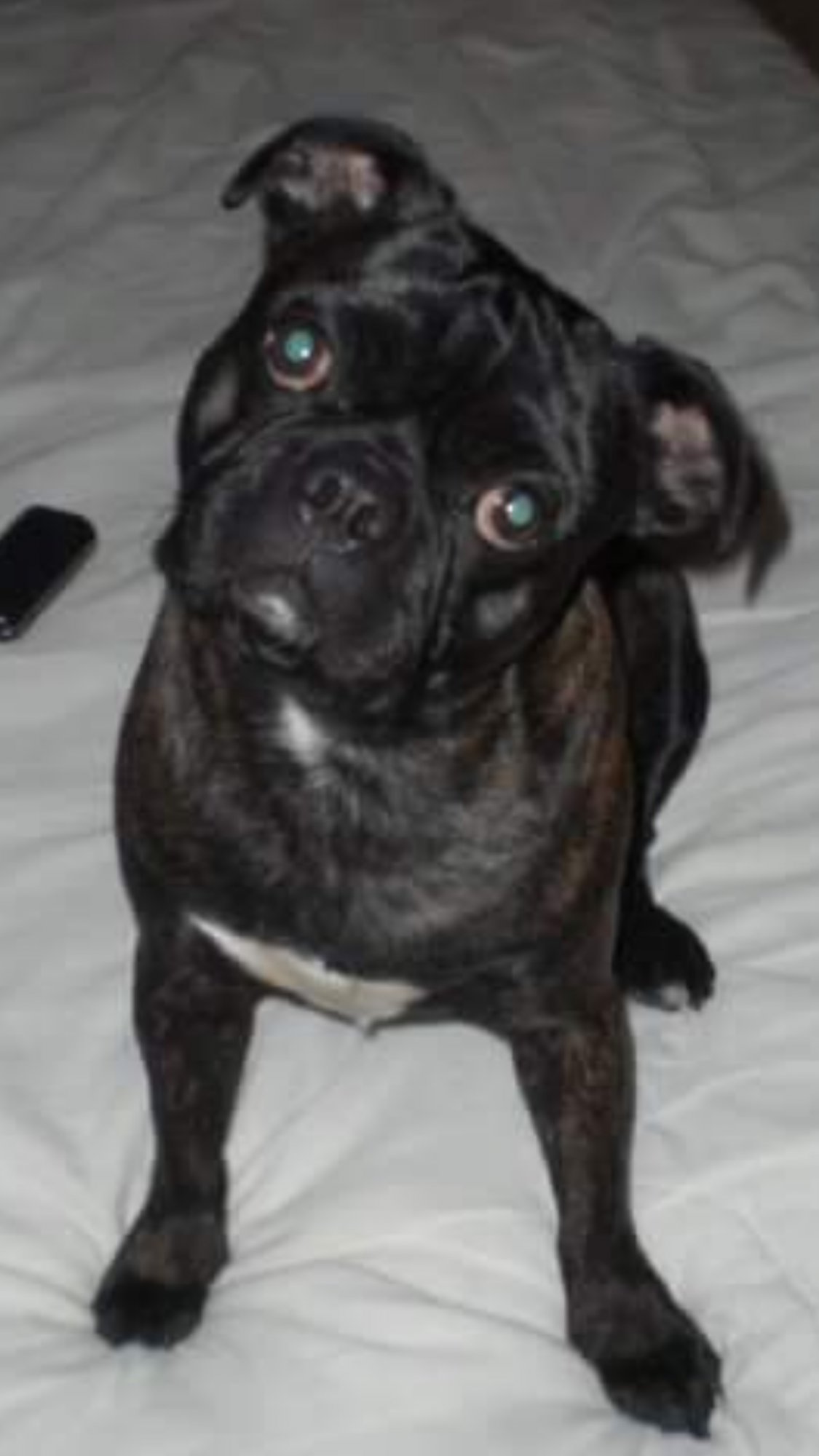 Bruiser is a nine-year-old Boston Terrier mix who was having some discomfort in his hind end. His owners took him to see his family vet. A rectal exam revealed a firm mass just below the anus, hidden under the skin. Surgery was recommended to remove and biopsy the mass.
Bruiser is a nine-year-old Boston Terrier mix who was having some discomfort in his hind end. His owners took him to see his family vet. A rectal exam revealed a firm mass just below the anus, hidden under the skin. Surgery was recommended to remove and biopsy the mass.
This surgery can be a bit tricky. The mass needs to be removed entirely, within healthy tissue to “get it all” or have clean margins. Yet we can’t be overly aggressive! We need to preserve the anus and more importantly, the muscles around it, which are responsible for continence.
Surgery at Brodheadsville Veterinary Clinic went very well. Bruiser had to wear a plastic cone around his head for three weeks. He went home with pain medications and antibiotics. The mass was sent out for biopsy.
The biopsy came back a week later…benign! It was a perianal gland adenoma, a common tumor in this area.
Bruiser is lucky his owners decided to remove the mass while it was fairly small. Removing a larger mass would be much more invasive. Early detection and a good decision from Bruiser’s owners made the surgery and recovery much smoother for Bruiser!
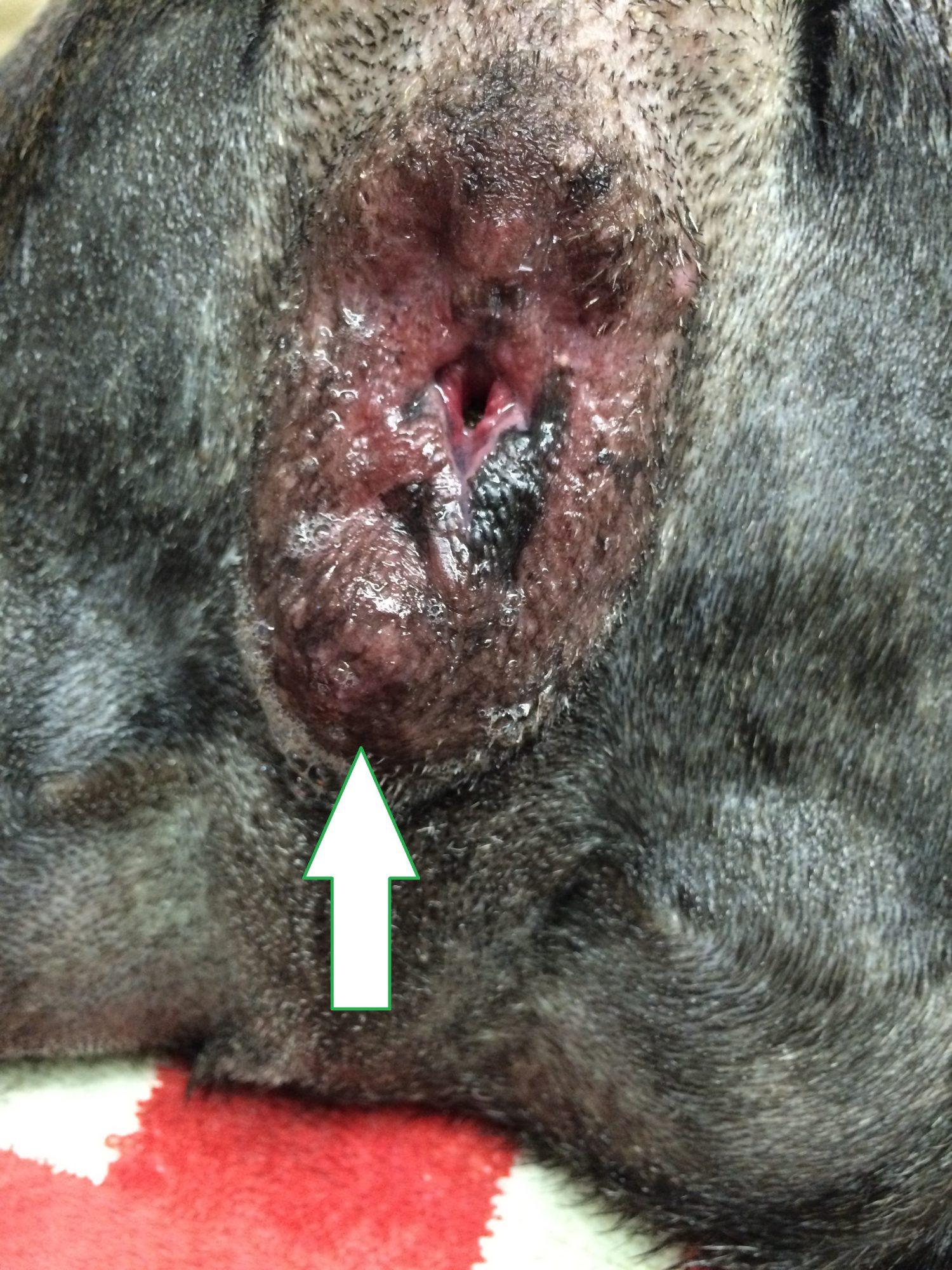
The arrow is pointing to a benign mass.

Dr. Phil Zeltzman is a traveling veterinary surgeon in Pennsylvania & New Jersey. An award-winning author, he loves to share his adventures in practice along with information about vet medicine and surgery that can really help your pets. Dr. Zeltzman specializes in orthopedic, neurologic, cancer, and soft tissue surgeries for dogs, cats, and small exotics. By working with local family vets, he offers the best surgical care, safest anesthesia, and utmost pain management to all his patients. Sign up to get an email when he updates his blog, and follow him on Facebook, too!

